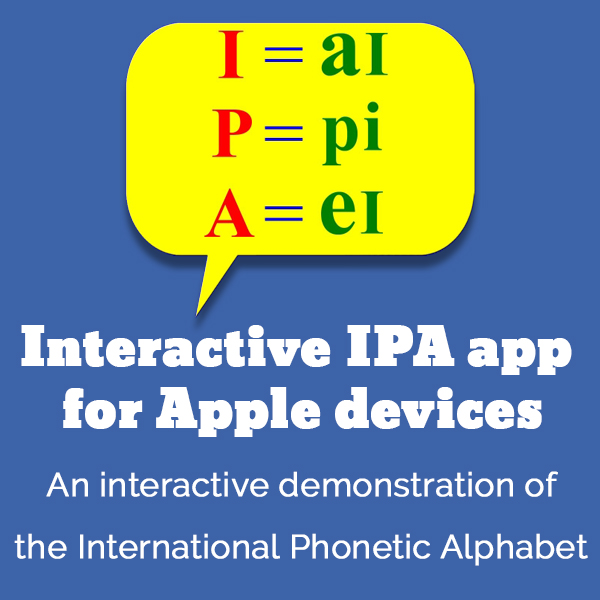Jamaica 10
Listen to Jamaica 10, a 17-year-old woman from Kingston, Jamaica. Click or tap the triangle-shaped play button to hear the subject.
Both as a courtesy and to comply with copyright law, please remember to credit IDEA for direct or indirect use of samples. IDEA is a free resource; please consider supporting us.
BIOGRAPHICAL INFORMATION
AGE: 17
DATE OF BIRTH (DD/MM/YYYY): 27/05/1998
PLACE OF BIRTH: Kingston, Jamaica
GENDER: female
ETHNICITY: African-Jamaican
OCCUPATION: student
EDUCATION: tertiary
AREAS OF RESIDENCE OUTSIDE REPRESENTATIVE REGION FOR LONGER THAN SIX MONTHS: N/A
OTHER INFLUENCES ON SPEECH:
Having not been exposed to Standard English at a tender age and being more accustomed to Jamaican Creole, the subject found English difficult when she learned it at an older age
The text used in our recordings of scripted speech can be found by clicking here.
RECORDED BY: Elizabeth Montoya-Stemann
DATE OF RECORDING (DD/MM/YYYY): 04/02/2016
PHONETIC TRANSCRIPTION OF SCRIPTED SPEECH: N/A
TRANSCRIBED BY: N/A
DATE OF TRANSCRIPTION (DD/MM/YYYY): N/A
ORTHOGRAPHIC TRANSCRIPTION OF UNSCRIPTED SPEECH:
In Jamaica, there, there is one specific language — which is called a Patwa — that everybody is accustomed to, right? We are born knowing the Patwa instead of Standard English, but some persons think that based on how, how Jamaicans speak, different Jamaicans speak, um, there are different patwas, but that is not so. It is based — it is their accent which persons think that. But the accent has a lot to do with where we come from.
Jamaica has fourteen parishes. The urban area is classified is, is classified as Kingston and St. Andrew. Persons outside of Kingston and St. Andrew: Their areas are classified as the rural area, for mostly in the, for mostly in rural areas the accent differs. For example, in St. Elizabeth, they have a deeper accent for those who live in Clarendon or Saint Ann or Montego Bay. So the accents has a lot to do with the way we speak and how we sound, and that, that sometimes give people the idea that, um, there are lots of different, there are lots of different patwas, but there is just one Patwa and — meaning, in a case where St. Elizabeth accents is deeper, as in they have a stronger Patwa like “mi ne naa guu don de”; it’s very, is much stronger than persons living in the town area — the urban area — which sometimes they try to talk the English, but they mix it up like, for example: “mi neva did a go”; I wasn’t going to. It’s, it’s not, they not give the proper pronunciation of the English words.
TRANSCRIBED BY: Elizabeth Montoya-Stemann
DATE OF TRANSCRIPTION (DD/MM/YYYY): 15/02/2016
PHONETIC TRANSCRIPTION OF UNSCRIPTED SPEECH: N/A
TRANSCRIBED BY: N/A
DATE OF TRANSCRIPTION (DD/MM/YYYY): N/A
SCHOLARLY COMMENTARY:
In the unscripted speech, we can observe some morphosyntactic characteristics that are common in Jamaican speakers speaking Standard English. In the phrase “So the accents has a lot to do with the way we speak,” note the use of the verb “has” following a plural noun. Also in the phrase “that sometimes give people the idea,” the third-person marker on the verb “give” is omitted. Another characteristic is the use of the verb “is” after a plural noun, i.e., in the phrase “St. Elizabeth accents is deeper.”
The examples given by the speaker 1) “mi ne naa guu don de” and 2) “mi neva did a go” are good samples of the Jamaican language. Jamaican syntactic structures differ from the ones in Standard English; the grammars of these two languages are not standardized and are used interchangeably.
COMMENTARY BY: Elizabeth Montoya-Stemann
DATE OF COMMENTARY (DD/MM/YYYY): 15/02/2016
The archive provides:
- Recordings of accent/dialect speakers from the region you select.
- Text of the speakers’ biographical details.
- Scholarly commentary and analysis in some cases.
- In most cases, an orthographic transcription of the speakers’ unscripted speech. In a small number of cases, you will also find a narrow phonetic transcription of the sample (see Phonetic Transcriptions for a complete list). The recordings average four minutes in length and feature both the reading of one of two standard passages, and some unscripted speech. The two passages are Comma Gets a Cure (currently our standard passage) and The Rainbow Passage (used in our earliest recordings).
For instructional materials or coaching in the accents and dialects represented here, please go to Other Dialect Services.
 IDEA: International Dialects of English Archive
IDEA: International Dialects of English Archive



